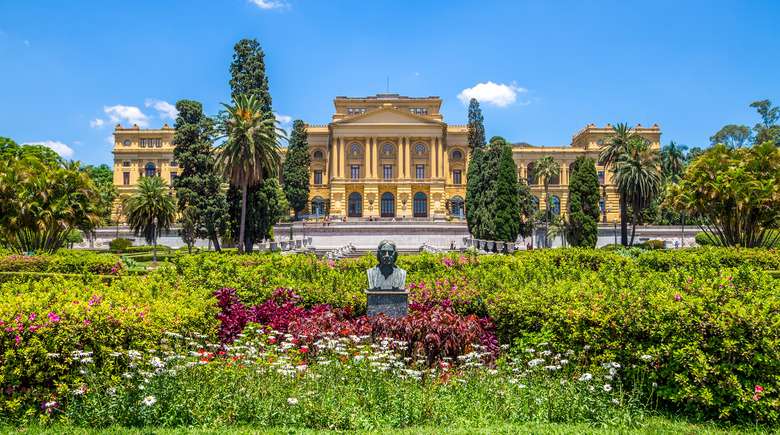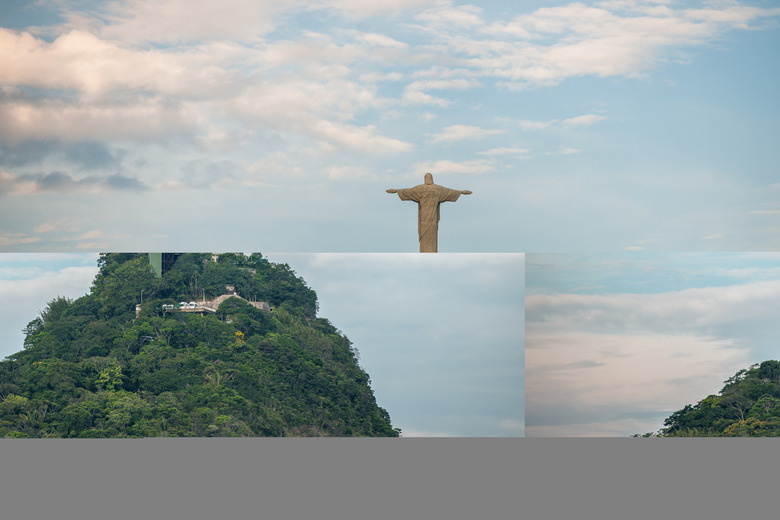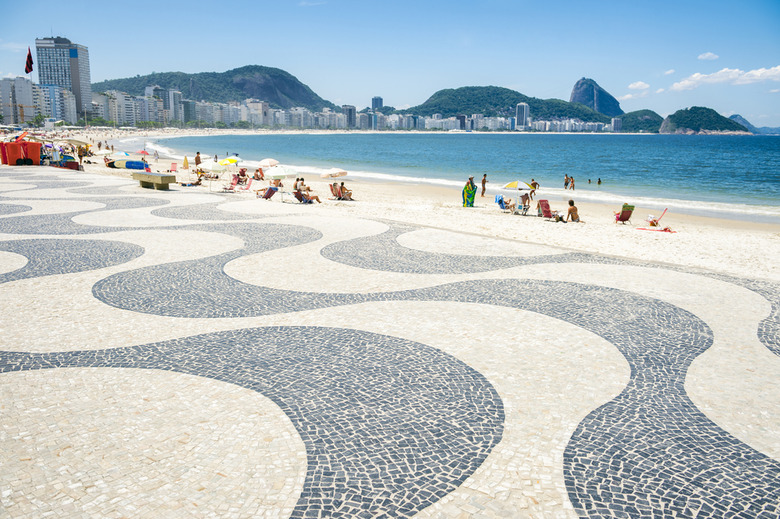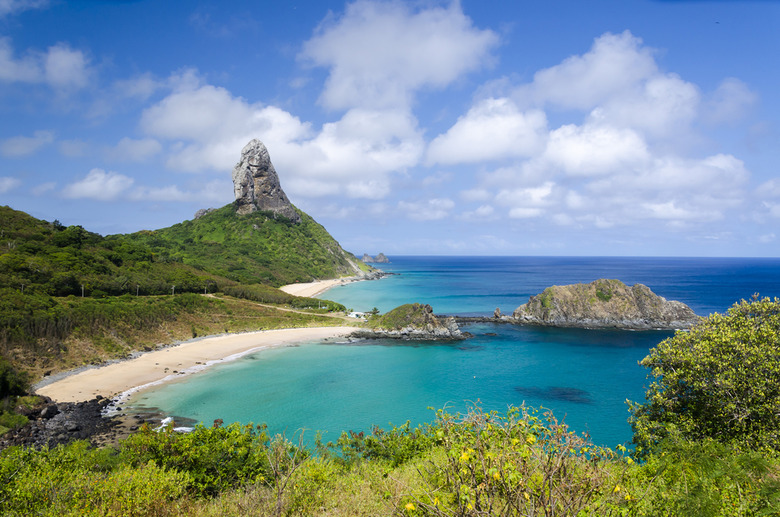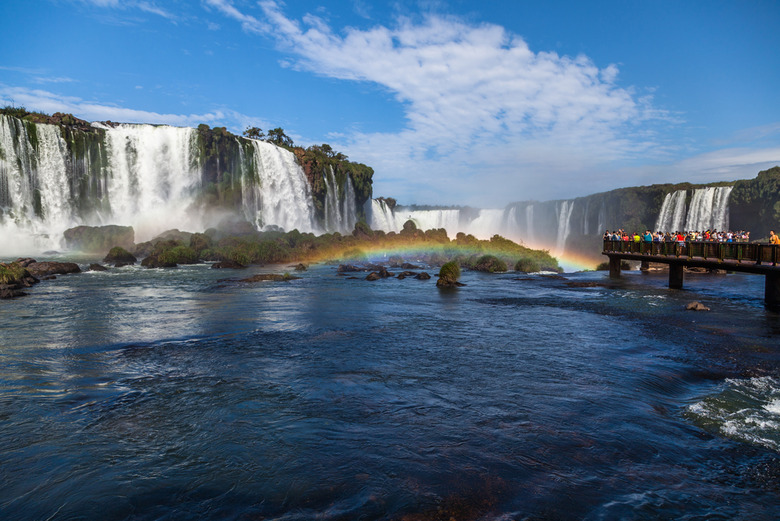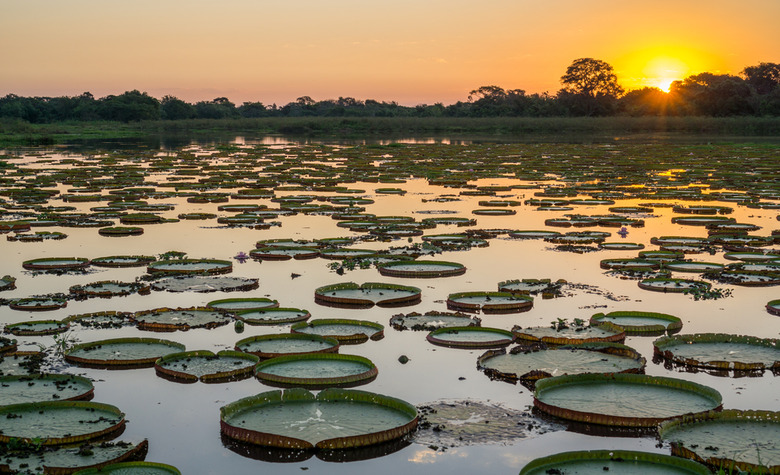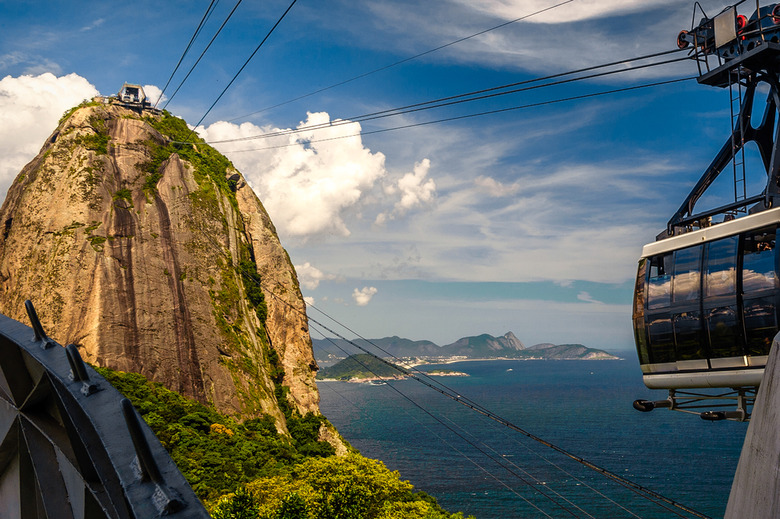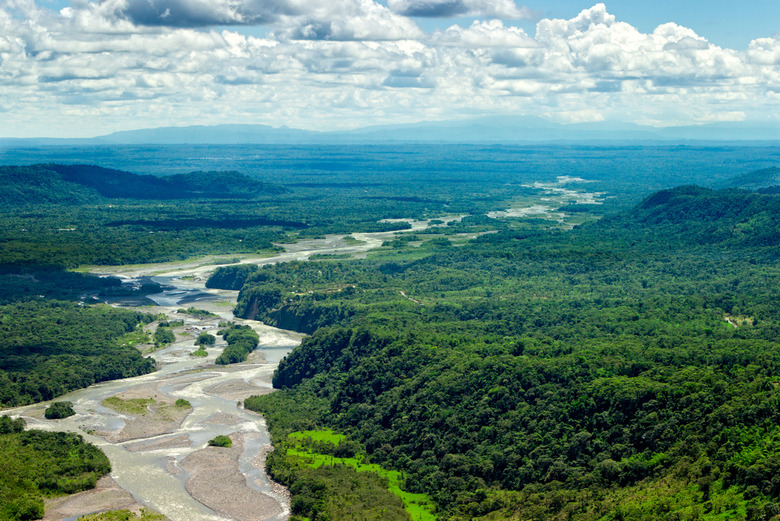9 Non-Olympic Reasons To Visit Brazil This Summer (Slideshow)
The city of São Paulo features some of the best collections of fine art in all of Latin America, and to top things off, some are also housed in architectural landmarks. The Museu de Arte possesses the largest quantity of Western art on the whole continent, including 73 bronze sculptures by Degas, and also works from Renoir, Manet, Matisse, Miró, Picasso, and Van Gogh. The Pavilhão da Bienal de Artes in Ibirapuera Park (designed by Oscar Niemeyer) contains the Museu de Arte Contemporânea, which has over 8,000 works of art repping famous names like Chagall, Kandinsky, Miró, Modigliani, and Picasso. Although not art-related, the Museu do Ipiranga and Memorial da América Latina museums are also worthy of a visit.
Christ the Redeemer
Regardless of your religious affiliation or beliefs, visiting this iconic statue of Jesus Christ is a must. A marvel of engineering, the 90-foot-tall concrete sculpture (124 feet with the pedestal) was created by Polish-French artist Paul Landowski and built by Heitor da Silva Costa between 1922 and 1931. It weights a whopping 635 metric tons, received a massive renovation in 2010 (although anything associated with the statue is technically massive), and was selected by voters as one of the new Seven Wonders of the World in 2007. Even if you're not religious, it's hard to disagree that the views of Rio from atop 2,300-foot-tall Corcovado mountain, where the statue stands, are absolutely heavenly.
Copacabana Beach
Rio de Janeiro is famous for its beaches, none more so than Copacabana (ranked by us as the No. 8 best beach town for partying in the world). Aside from the pristine white sand and beautiful blue surf, the promenade separating the buildings and beach is lined with shops, cafés, restaurants, and historic locations from back when Rio was the capital of Brazil (pre-1960). The most noteworthy? The Art Deco-designed Belmond Copacabana Palace, a luxury hotel built in 1923 that played host to names like Michael Jackson, Elizabeth Taylor, Marilyn Monroe, Walt Disney, and Princess Diana — and is now protected as a national monument.
Fernando de Noronha
About 220 miles off the northeast coast of Brazil is the beautiful archipelago known as Fernando de Noronha — known for having the two best beaches in the country (Praia do Leão and Baía do Sancho), and some of the best in all of South America. Discovered by Amerigo Vespucci in 1503, in consists of 21 islands and islets, only one of which (the largest) is currently inhabited by humans, with a population of 3,500. In addition to catching some rays, the islands are also a fantastic destination for scuba divers, as the waters offers extremely good visibility, even at depths of 50 meters. The islands are accessible via multiple daily flights and ship trips.
Looking for beaches that aren't crowded in America? Try these 9 destinations.
Iguazu Falls
Who doesn't love checking out a good waterfall? Standing up to 269 feet tall at the highest point, Iguazu Falls, 1.7 miles wide, straddles the Brazil-Argentina border (a two-hour flight from Rio). According to legend, the falls formed when a deity planned to marry a beautiful woman, who fled via canoe with her mortal lover. In a rage, the god sliced the Iguazu River in two, creating the falls and condemning the lovers to an eternal fall. This has since been supported with scientific evidence. (OK, maybe not.)
Looking for the best view? There's an elevated walkway on the Argentina side of the falls, and one along the lower canyon on the Brazilian side that extends to the base of Devil's Throat — the name for the long and narrow chasm where approximately half of the river's flow falls into. The truly adventurous can even take a guided speedboat ride right under the falls' rushing water.
Pantanal
The Pantanal is a natural region that encompasses the largest tropical wetland in the entire world, which stretches over 54,000 square miles. Although part of it is shared by Bolivia and Paraguay, most lies in the Brazilian state of Mato Grosso do Sul. Sure, the Amazon rainforest is home to a ton of animals, but the Pantanal is the best place in Brazil to actually see some wildlife. The area is positively bursting with critters and creatures, including millions of adorable capybaras (which look like giant guinea pigs) and badass yacare caimans (piranha-eating reptiles in the crocodile family), as well as jaguars, anteaters, macaws, marsh deer, and howler monkeys.
Sugarloaf Mountain
Climbing Sugarloaf Mountain (Pão de Açúcar, in Portuguese), although very touristy, is basically a requirement when visiting Rio. The 1,299-foot summit offers views of the bay, the city center, the famous beaches, and beyond, and the massif is covered in lush vegetation containing toucans, parrots, monkeys, and butterflies. Take a cable car to the top (after buying tickets at the base station for R$62/USD $17), where, in addition to the panoramic view, there are also restaurants, shops, a cinema, and even a helipad. The gondolas accommodate 64 passengers each, and operate between 8:10 a.m. and 6 p.m. on the way up, and until 8:40 p.m. on the way down (free after 7 p.m.).
The Food
In case you missed it, we recently released a list of the 20 best restaurants in Brazil — needless to say, there are a lot of good local eats. Big names like D.O.M., Maní, and Jun Sakamoto top the list, but the cuisine is fantastic at restaurants and steakhouses across the country, and the world-famous churrasco barbecue simply must be sampled. Although, if you really want to try some of the absolute best restaurants, head to São Paulo — this one city contains the six best eateries in all of Brazil.
The Mighty Amazon
Probably the most famous part of Brazil (at least to people who have never been there) is the 3,977-foot-long Amazon. Although in the end it's just a river, it's still an extremely important part of the Brazilian landscape and, if you're given the opportunity, you definitely shouldn't pass it up. The Amazon flows along the northern section of the country (so it's nowhere near Rio) and we'd recommend heading to Manaus, the river's largest city, in order to take a boat trip and check it out.
Interestingly, for nearly a century, the most distant source of the Amazon was thought to be in the Apurímac river drainage from the 18,363-foot-tall Nevado Mismi peak. But a 2014 study by Americans James Contos and Nicolas Tripcevich debunked this theory, and identified the most distant source as actually being the Cordillera Rumi Cruz peak at the headwaters of the Mantaro River in Peru!
